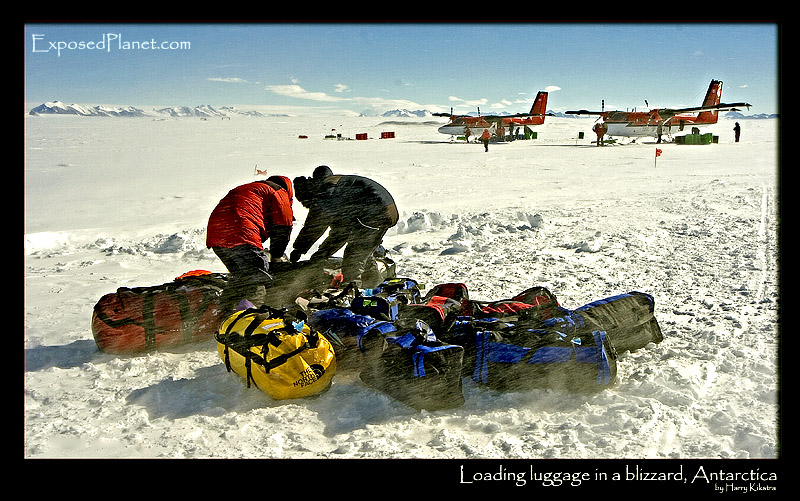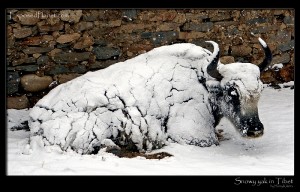Posts Tagged ‘Sensor’
Travel + photography = dirt on sensors. 5 ways to keep your camera clean inside
Sunday, December 12th, 2010
So you did take that big DSLR instead of the point and shoot? And you stepped up from that all-in-one 12-500mm lens to some fixed primes, which you are lugging along on your back.
At some point in time you will likely want to change your lens. Alas, unless you are shooting in a laboratory, you might find yourself in a place like one of these:
– Full of dust: the desert, dusty mountains, beach
– Full of wind: the same places as above, plus snowy mountains!
– Full of rain and snow: anywhere where you can take interesting landscape photos 8)
Guess, what, the moment you switch that wide-angle for the zoom, about a gazillion dust particles and snowflakes are lined up to use those few seconds to enter and smudge your camera.
Why is this bad?
Dust can ruin the inner workings of the camera. I did not know this until recently one small flake of dust had settled on the auto-focus sensor at the bottom, behind the mirror and no lens would auto-focus anymore!
This is quite rare, but the more usual result of dust is that the image sensor will contain smaller and larger dust particles, each covering many pixels on the sensor. This means that the sensor cannot ‘record’ the light there and you will get dust specks (dark dots, lines etc) on your images until you clean the sensor. You will need to spend much time cleaning these dark spots up in LightRoom or Photoshop if it is possible at all.
Why should you not worry too much?
First of all fear of dust should never be a reason to miss a great shot, it is better to have a great shot that needs some cleaning than no shot at all!
Also: nowadays the better camera’s have built-in systems to shake the sensor clean, taking off a lot of dust. (more…)







